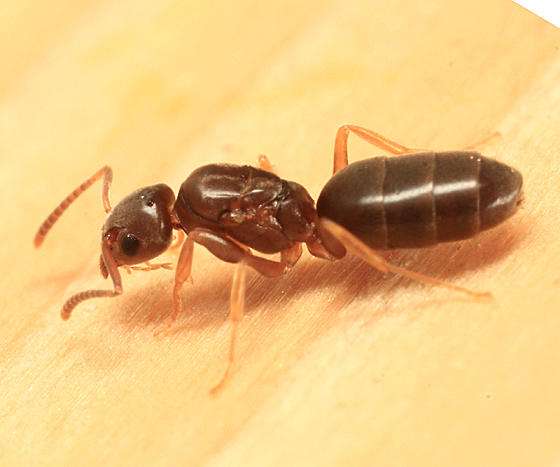
An estimated 1,600 species of ants make up the Ponerinae subfamily of the Poneromorph subfamilies group, including Dinoponera gigantea, one of the largest ant species in the world. In certain species of ponerine ants, mated workers as the active egg-layers have replaced the queen. Only through ovarian dissections in such queenless species can the reproductive status of workers be assessed.
Identification and description
They can be distinguished from other subfamilies by having a single-node petiole with a constriction before the second gastral segment. They are a unique species of stinging ant. In addition to the sting, other characteristics that can be used to distinguish them include a single segmented petiole and constriction of the first and second segments of the gaster.
Their head shape can also be used to identify them. Male workers have thirteen segmented antennae, compared to twelve in female workers.

Behavior
They mostly eat isopods as prey. Most of them reside in modest colonies with up to 200 workers. They are primarily found in tropical regions, but have also been discovered in New York and the southeast of Canada.
Food
They gather food from a variety of sources, such as fungi, algae, wood, leaf litter, and humus.
Table





